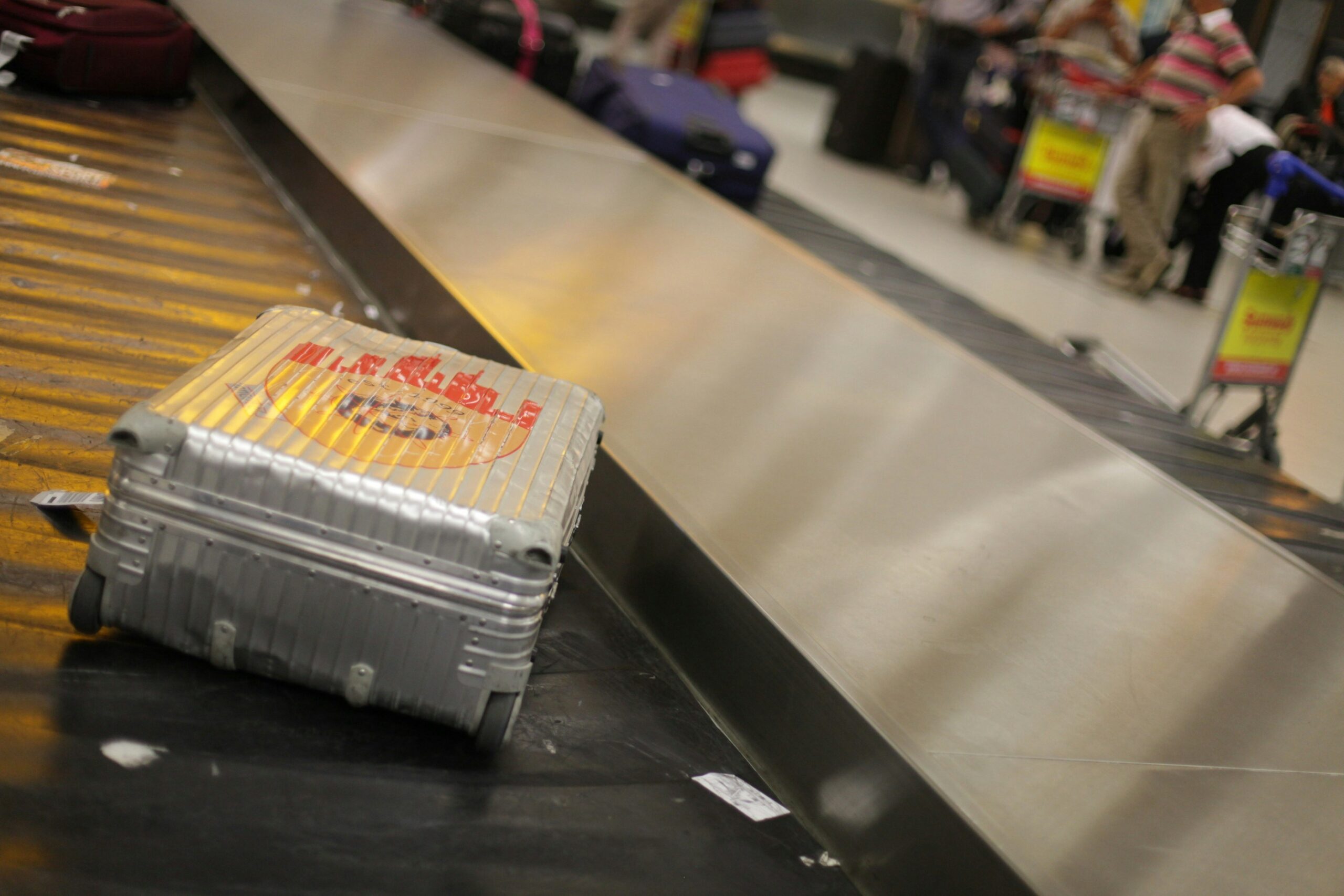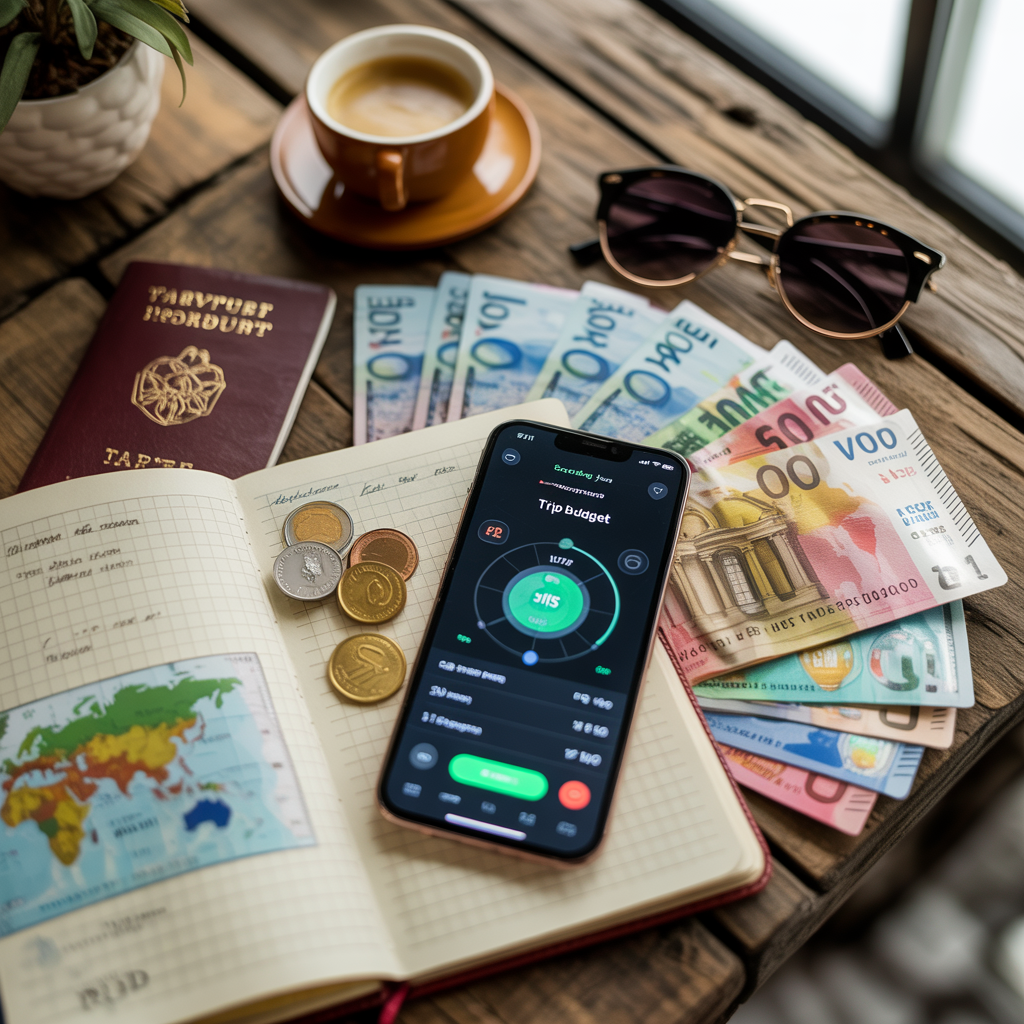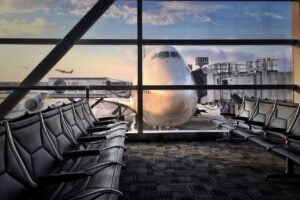Why Luggage Gets Lost — and How to Minimize the Risk (Using Live Data from LuggageLosers)
You drop off your suitcase at check-in, board your flight, and land hours later expecting to see it on the carousel. Most of the time, this works seamlessly. But every year, thousands of travelers experience that sinking feeling when their bag doesn’t appear. Sometimes it shows up a day late. Sometimes it’s gone for good.
How often does this actually happen? Are certain airlines or airports worse offenders? And more importantly, what can you do about it? This post explores these questions using real-time data from LuggageLosers, a fascinating tool that tracks baggage mishandling across the industry, combined with official statistics and practical advice for protecting your belongings.
What Is LuggageLosers and How Does It Track Your Bags?
LuggageLosers, created by Pieter Levels (who also runs AirlineList), offers something airlines won’t give you: a live ranking of carriers and airports based on how much luggage they’re currently losing or delaying.
The platform monitors over 29,000 live sources in more than 100 languages, scanning social media complaints, forum discussions, travel blogs, and other public mentions of lost baggage. It uses this data to estimate the probability of your bag going missing with different airlines or at specific airports.
Since airlines rarely publish real-time baggage loss figures, LuggageLosers fills that gap through inference, cross-referencing public reports with historical official data. The system adjusts for airline size (number of flights, passenger volume) and airport scale to create fair comparisons between a budget carrier operating 50 flights daily and a major hub airline handling thousands.
The project started from personal frustration. After his girlfriend’s suitcase went missing on Vueling and took ages to recover, Levels built the tool to help travelers avoid the worst performers.
Important caveat: This is estimated data based on public reporting, which means results fluctuate and may not perfectly align with official records. Incidents that are handled quickly and quietly often go unreported. Still, LuggageLosers provides a rare, near-real-time snapshot of which carriers and hubs appear to struggle most with baggage handling.
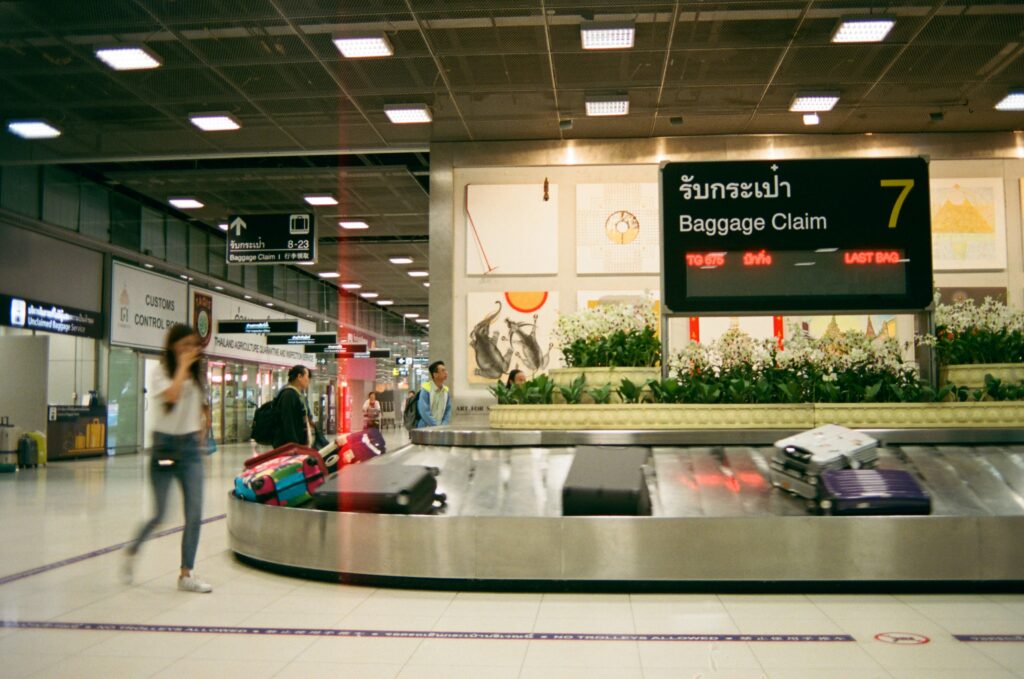
What the Rankings Reveal: The Best and Worst Performers
Based on the latest LuggageLosers data, here’s what stands out:
Airlines with highest estimated loss rates:
- Aerolineas Argentinas tops the list at 1 in 185 bags (0.54%)
- Air India comes second at 1 in 214 (0.47%)
- Iberia ranks third at 1 in 323 (0.31%)
Airlines with lowest loss rates:
- Azul (Brazil) leads with just 1 in 6,179 bags affected (0.02%)
- Air Asia (Malaysia) and Alaska Airlines (USA) also perform well
The global median sits at 1 in 1,322 bags (0.08%), giving you a baseline to compare against.
Airport hotspots:
- London Stansted has the highest estimated mishandling rate at 1 in 33 bags
- Brussels, Delhi (Gandhi), Mexico City (Juárez), and Mumbai (Shivaji) also rank poorly
- By region, Africa has the worst average rate (1 in 521), followed by Asia (1 in 697)
- North America performs best overall (1 in 2,017)
By country:
- Argentina ranks worst (1 in 185)
- India, Morocco, Ethiopia, and Serbia follow
- Brazil performs relatively well (1 in 5,342)
These numbers don’t guarantee outcomes, but they show you where the risks concentrate.
The Bigger Picture: Industry Statistics You Should Know
According to SITA’s 2024 Baggage IT Insights, mishandled baggage breaks down as follows:
- 74% are delayed bags (not permanently lost)
- 18% are damaged or pilfered
- 8% are lost or stolen
Industry-wide, airlines mishandle approximately 5 to 7 bags per 1,000 passengers (0.5% to 0.7% of all checked baggage). In the U.S., major carriers like United and American report mishandling rates around 0.73% to 0.76%.
More sobering statistics: over 25% of travelers have experienced lost luggage at some point, and more than 33% have received damaged bags. Among those who lost luggage, 24% never recovered their items, with average losses valued at $457.
The financial and emotional toll is real. Beyond the monetary value, losing luggage can mean missing medication, important documents, or irreplaceable personal items.
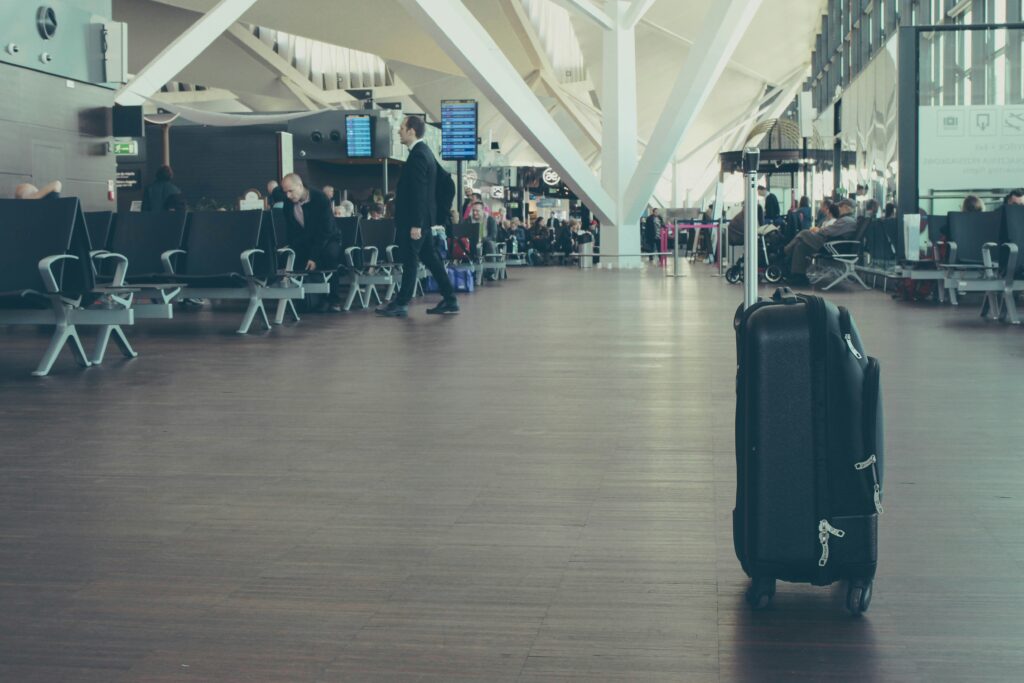
Why Bags Go Missing: The Root Causes
Understanding why baggage gets lost helps you make smarter decisions. Here are the main culprits:
1. Transfers and misconnections (41% of cases)
When bags need to switch planes, things get complicated. Tight connections leave little margin for error, and complex routing increases the chance of misdirection.
2. Tagging and ticketing errors (17%)
A misread barcode, wrong destination code, or damaged tag can send your bag anywhere but where you’re going.
3. Loading and handling mistakes (16%)
Human error during loading, bags placed on wrong flights, or mishandling during transit remain consistent problems.
4. Operational disruptions (10%)
Weather delays, customs issues, capacity constraints, crew shortages, and security concerns all contribute to baggage chaos.
There’s a human element here worth acknowledging. As the LuggageLosers creator notes, baggage handlers are often overworked and underpaid. When staff are stretched thin and under pressure, mistakes become inevitable. This isn’t about blaming individuals but recognizing systemic issues in how the industry values these crucial roles.
An interesting footnote: Airlines typically hold lost luggage for 21 days before declaring it unclaimed. After that, items may be auctioned off. In the U.S., the Unclaimed Baggage Center in Scottsboro, Alabama, has built an entire business buying and reselling items from lost airline luggage.
Real Stories Beyond the Statistics
Numbers tell part of the story, but the human experiences matter most. The existence of LuggageLosers itself stems from frustration when Levels’ girlfriend lost her suitcase on Vueling. After a long chase across multiple locations, the experience motivated him to build something that could help others avoid similar headaches.
On Reddit and travel forums, you’ll find countless stories of travelers stranded without essentials: business clothes for important meetings, medications needed daily, wedding outfits for destination ceremonies, or simply the comfort of familiar belongings in an unfamiliar place.
One positive development: some airlines now support AirTag and Apple’s Find My network for tracking luggage. American Airlines and United have integrated these features, allowing passengers to share the real-time location of missing bags directly with airline staff. While this doesn’t prevent loss, it significantly speeds up recovery and reduces uncertainty.
Practical Steps to Protect Your Luggage
Here’s how to minimize your risk of joining the lost luggage statistics:
Before booking:
- Check LuggageLosers rankings for your airline and airports
- Favor carriers with strong track records (like Azul, Air Asia, or Alaska Airlines)
- Choose direct flights when possible to eliminate transfer risks
When packing:
- Place a detailed ID card inside your suitcase (name, phone, email, address)
- Use a durable external luggage tag
- Consider adding an AirTag or similar Bluetooth tracker
- Take photos of your packed items and keep receipts for valuables
- Pack essentials in your carry-on: change of clothes, toiletries, medications, electronics, travel documents
At the airport:
- Verify your baggage tag destination code before leaving check-in
- Remove old tags from previous trips
- Take a photo of your checked bag (helpful for identification if lost)
If your bag goes missing:
- Report it immediately at the airline’s baggage desk before leaving the airport
- File a Property Irregularity Report (PIR) and get the reference number
- Provide your tag number, contact details, and photos
- Follow up persistently (sadly, squeaky wheels often get faster service)
- Share your experience on social media if needed; public visibility sometimes accelerates responses
Know your rights:
- Research consumer protections for your routes (Montreal Convention, EU passenger rights, etc.)
- Check if your travel insurance or credit card includes baggage coverage
- Document everything: conversations, reference numbers, expenses incurred
What Happens When Your Bag Disappears?
If your luggage goes missing, here’s the typical timeline:
Days 1-3: Most bags are recovered quickly and delivered to your hotel or address. Stay in contact with the airline.
Days 4-21: The airline escalates their search. You may receive reimbursement for essential purchases (keep receipts).
After 21 days: Airlines typically declare bags unclaimed. You enter settlement negotiations and may receive compensation based on your documentation.
The unclaimed bag pathway: Items that remain unclaimed eventually enter auction systems like the Unclaimed Baggage Center, where your lost possessions might find new owners.
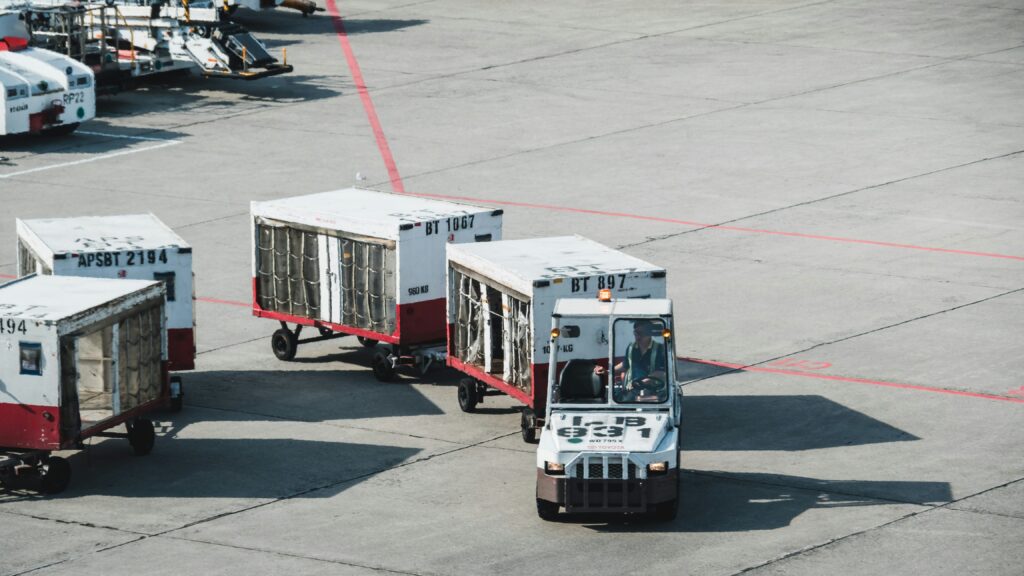
Moving Forward With Awareness
Lost luggage sits at the intersection of operational complexity, human limitations, and sometimes inadequate investment in baggage systems. The good news? You can significantly reduce your risk through informed choices and smart preparation.
Tools like LuggageLosers democratize information that airlines prefer to keep opaque. By checking current rankings before booking and following the practical steps outlined above, you shift the odds in your favor.
That said, even excellent airlines occasionally lose bags. Travel inherently involves some uncertainty, and managing the unexpected remains part of the adventure (however frustrating).
Before your next trip, spend a few minutes reviewing the latest rankings and preparing your luggage thoughtfully. Those small efforts could save you significant hassle when you land. Safe travels, and may your bags always arrive when and where you do.
For more travel insights and tips for digital nomads and adventurers alike, explore other articles on Traveneur.
